Marie-Caroline Corbineau
A Variational Approach for Joint Image Recovery and Features Extraction Based on Spatially Varying Generalised Gaussian Models
Sep 03, 2022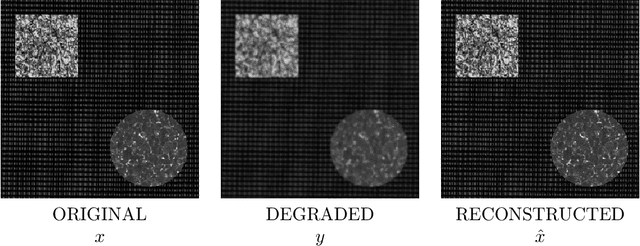
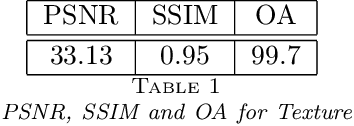

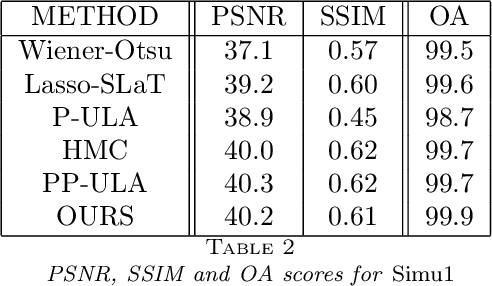
Abstract:The joint problem of reconstruction / feature extraction is a challenging task in image processing. It consists in performing, in a joint manner, the restoration of an image and the extraction of its features. In this work, we firstly propose a novel nonsmooth and nonconvex variational formulation of the problem. For this purpose, we introduce a versatile generalised Gaussian prior whose parameters, including its exponent, are space-variant. Secondly, we design an alternating proximal-based optimisation algorithm that efficiently exploits the structure of the proposed nonconvex objective function. We also analyze the convergence of this algorithm. As shown in numerical experiments conducted on joint segmentation/deblurring tasks, the proposed method provides high-quality results.
Case-based reasoning for rare events prediction on strategic sites
Feb 10, 2022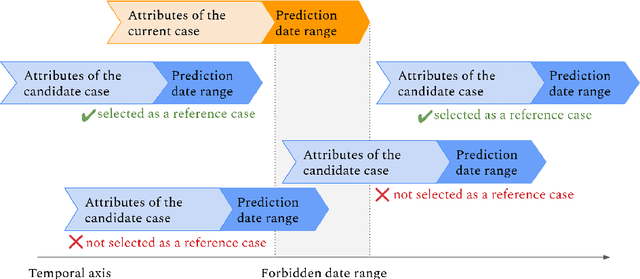

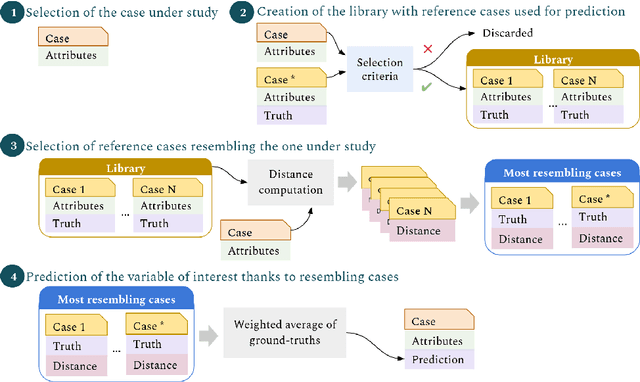
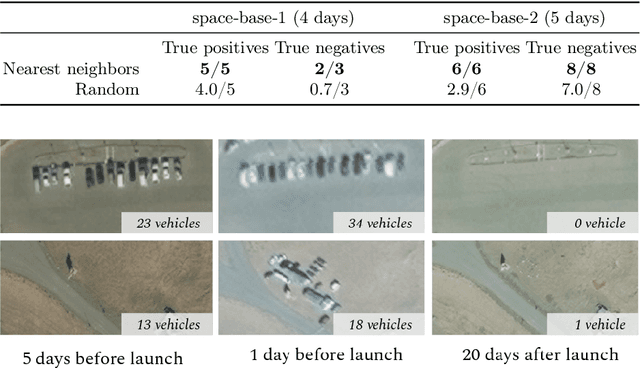
Abstract:Satellite imagery is now widely used in the defense sector for monitoring locations of interest. Although the increasing amount of data enables pattern identification and therefore prediction, carrying this task manually is hardly feasible. We hereby propose a cased-based reasoning approach for automatic prediction of rare events on strategic sites. This method allows direct incorporation of expert knowledge, and is adapted to irregular time series and small-size datasets. Experiments are carried out on two use-cases using real satellite images: the prediction of submarines arrivals and departures from a naval base, and the forecasting of imminent rocket launches on two space bases. The proposed method significantly outperforms a random selection of reference cases on these challenging applications, showing its strong potential.
Improving performance of aircraft detection in satellite imagery while limiting the labelling effort: Hybrid active learning
Feb 10, 2022
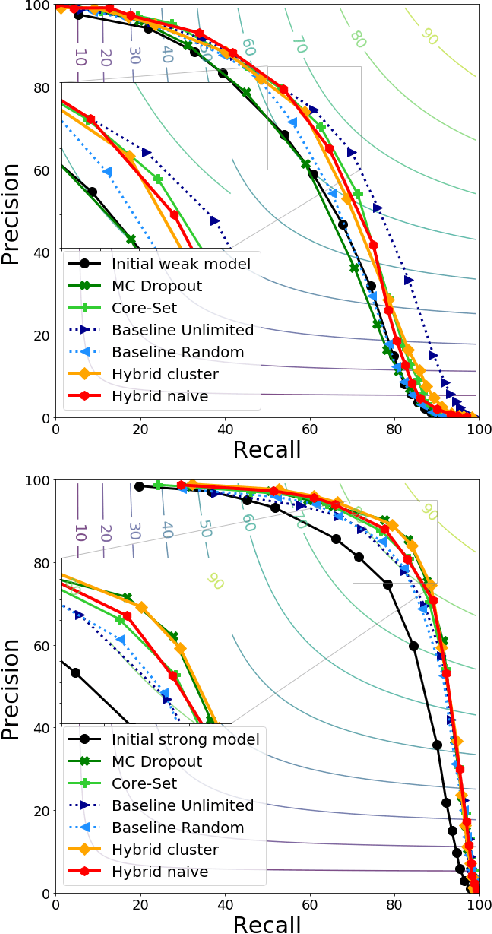
Abstract:The earth observation industry provides satellite imagery with high spatial resolution and short revisit time. To allow efficient operational employment of these images, automating certain tasks has become necessary. In the defense domain, aircraft detection on satellite imagery is a valuable tool for analysts. Obtaining high performance detectors on such a task can only be achieved by leveraging deep learning and thus us-ing a large amount of labeled data. To obtain labels of a high enough quality, the knowledge of military experts is needed.We propose a hybrid clustering active learning method to select the most relevant data to label, thus limiting the amount of data required and further improving the performances. It combines diversity- and uncertainty-based active learning selection methods. For aircraft detection by segmentation, we show that this method can provide better or competitive results compared to other active learning methods.
Active learning for object detection in high-resolution satellite images
Jan 07, 2021
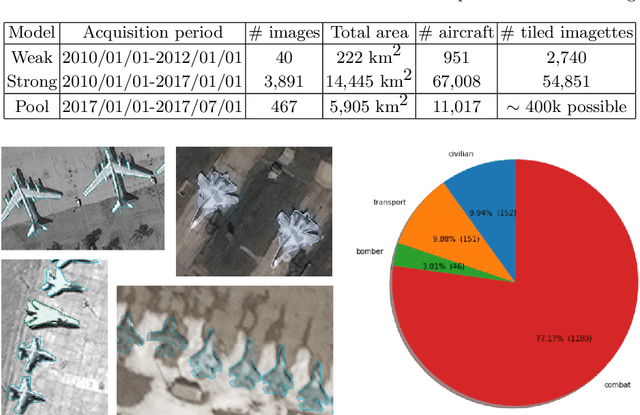
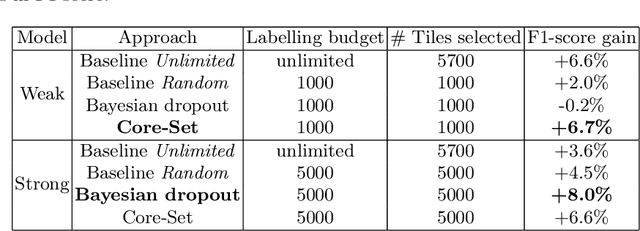

Abstract:In machine learning, the term active learning regroups techniques that aim at selecting the most useful data to label from a large pool of unlabelled examples. While supervised deep learning techniques have shown to be increasingly efficient on many applications, they require a huge number of labelled examples to reach operational performances. Therefore, the labelling effort linked to the creation of the datasets required is also increasing. When working on defense-related remote sensing applications, labelling can be challenging due to the large areas covered and often requires military experts who are rare and whose time is primarily dedicated to operational needs. Limiting the labelling effort is thus of utmost importance. This study aims at reviewing the most relevant active learning techniques to be used for object detection on very high resolution imagery and shows an example of the value of such techniques on a relevant operational use case: aircraft detection.
 Add to Chrome
Add to Chrome Add to Firefox
Add to Firefox Add to Edge
Add to Edge